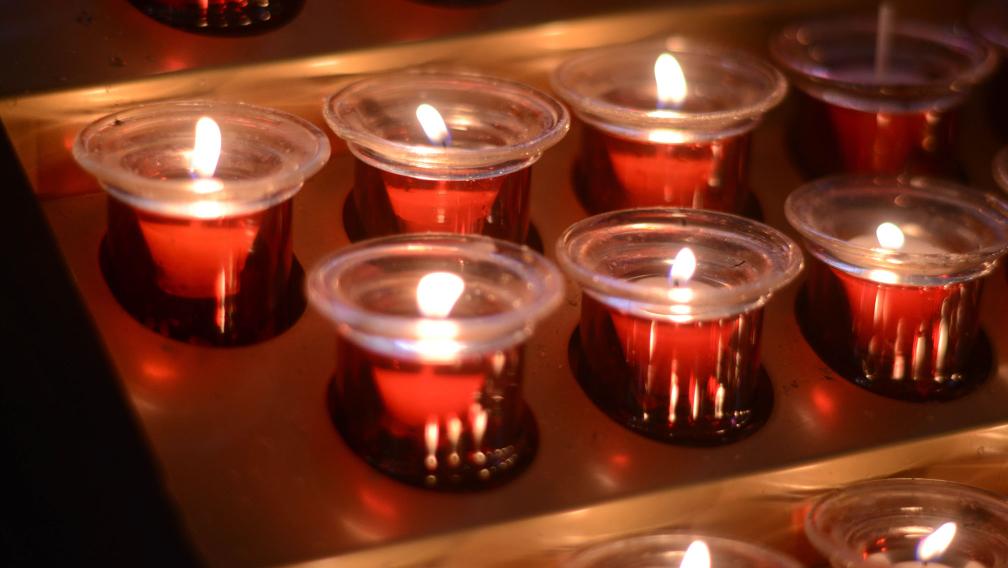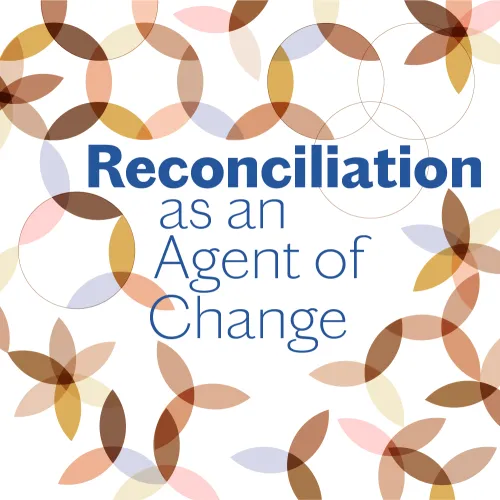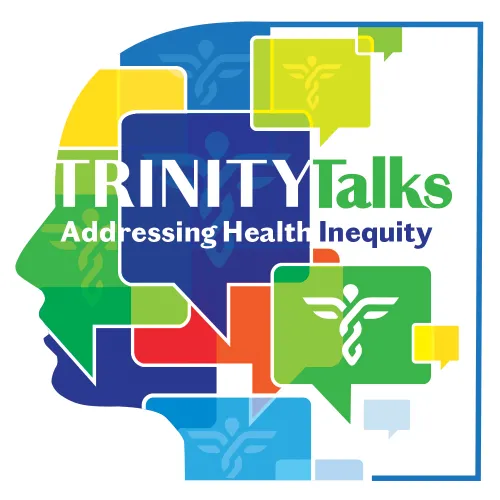Five Ways Into Sunday’s Scripture: Faithfully Walking Beside Each Other

RUTH 1:1–18
In the days when the judges ruled, there was a famine in the land, and a certain man of Bethlehem in Judah went to live in the country of Moab, he and his wife and two sons…These took Moabite wives; the name of the one was Orpah and the name of the other Ruth. When they had lived there about ten years, both Mahlon and Chilion also died, so that the woman was left without her two sons and her husband.
Then she started to return with her daughters-in-law from the country of Moab, for she had heard in the country of Moab that the Lord had considered his people and given them food. So, she set out from the place where she had been living, she and her two daughters-in-law, and they went on their way to go back to the land of Judah. But Naomi said to her two daughters-in-law, “Go back each of you to your mother's house. May the Lord deal kindly with you” …Then they wept aloud again. Orpah kissed her mother-in-law, but Ruth clung to her.
So, she said, “See, your sister-in-law has gone back to her people and to her gods; return after your sister-in-law.” But Ruth said,
“Do not press me to leave you or to turn back from following you!
Where you go, I will go; Where you lodge, I will lodge.
your people shall be my people, and your God my God.
Where you die, I will die — there will I be buried.
May the Lord do thus and so to me, and more as well,
if even death parts me from you!”
The story of Ruth begins with a widespread crisis: there has been a famine in the land and many have perished. Ruth’s husband has died and, along with her mother-in-law, she must flee their home. Destitute, facing an uncertain future, Ruth refuses to leave her mother-in-law, Naomi. She exhibits lovingkindness — chesed in Hebrew — towards Naomi, a commitment to faithfully walk beside her even in times of crisis. In our own season of continued crisis, the Book of Ruth reminds us what it looks like to walk beside each other in both good times and bad. —Summerlee Staten
THEOLOGY
For a theological interpretation, check out BibleProject’s illustrated video overview of the Book of Ruth.
SOCIAL JUSTICE
Rabbi Pamela Barmash explains how the Book of Ruth speaks to a “different model of justice from that afforded by statute, custom, and precedent, one that seeks restorative as opposed to retributive justice.”
VISUAL ART
Leonard Baskin’s powerful sculpture of Ruth and Naomi at the New Orleans Museum of Art exemplifies a powerful bond between two women.
MUSIC
Listen to a one-act operetta on the story of Ruth and Naomi.
POETRY
The story of Ruth in three poems.
Contemplative Practice with Poetry
Join for a practice of guided meditation and contemplative reflection with poets and artists, for mutual spiritual support and growth, led by spiritual directors John Deuel and Dr. Kathy Bozzuti-Jones.

Reconciliation as an Agent for Change
Reconciliation as an Agent for Change begins Thursday, November 4, at 6:30pm. Embark on a two-year journey to study reconciliation — its power, its potential, and its challenge — when the Very Rev. Dr. Kelly Brown Douglas, Dean of the Episcopal Divinity School at Union Theological, explores the theological frameworks of reconciliation, its central role in the Christian life, and how it can be an agent for change.

Trinity Talks: Addressing Health Inequity
Trinity Talks: Addressing Health Inequity continues Thursday, November 11, at 6:30pm. Dr. Alan Jackson and Dr. Michelle Morse discuss what they are seeing among minority communities across the country and what is being done to address their concerns.






